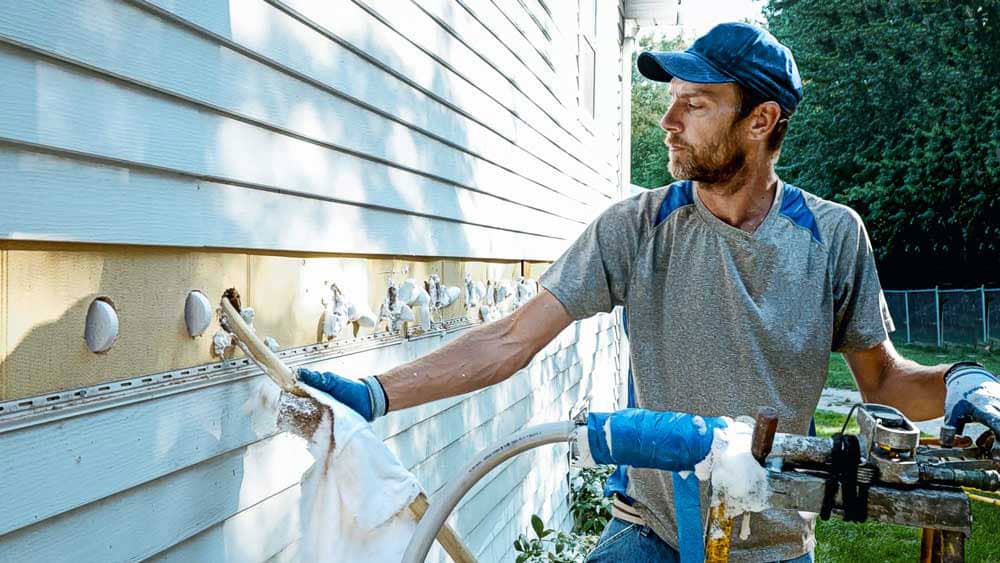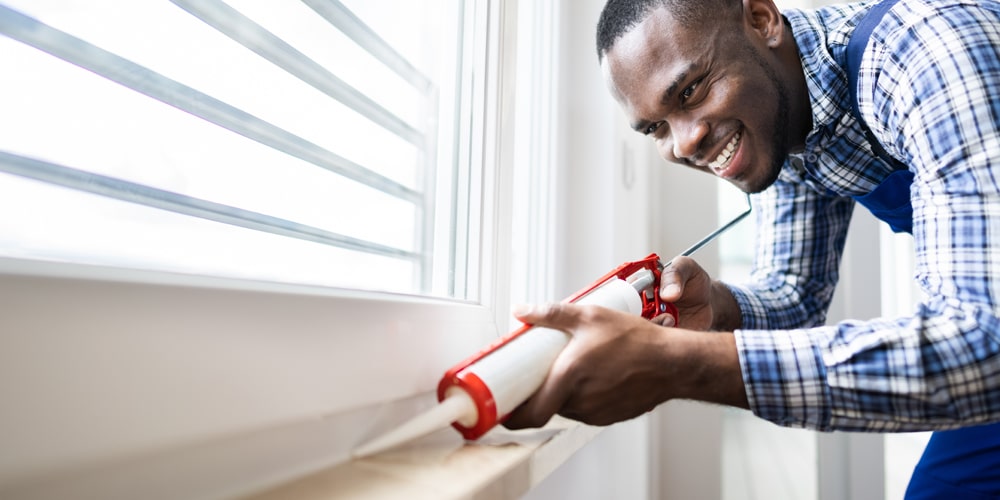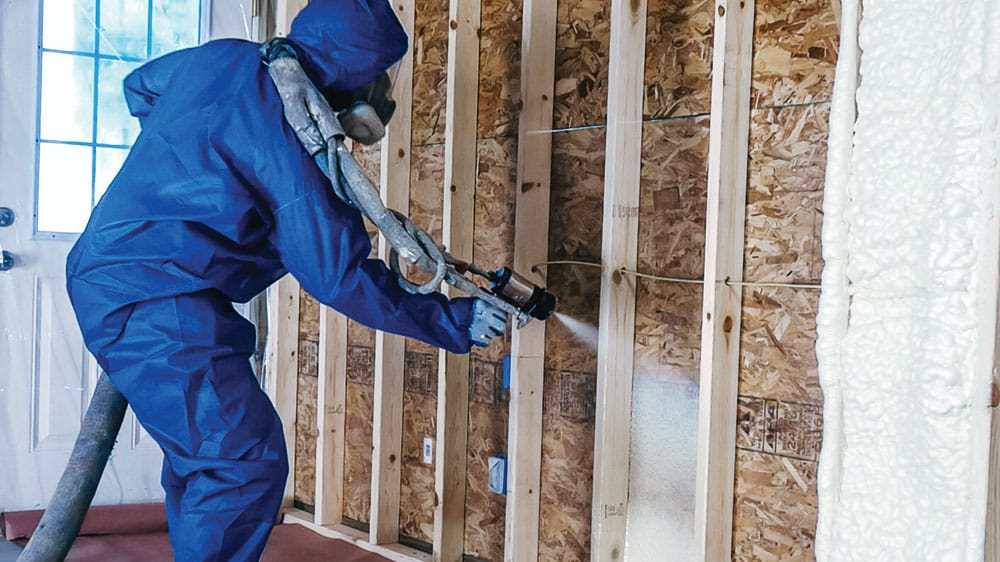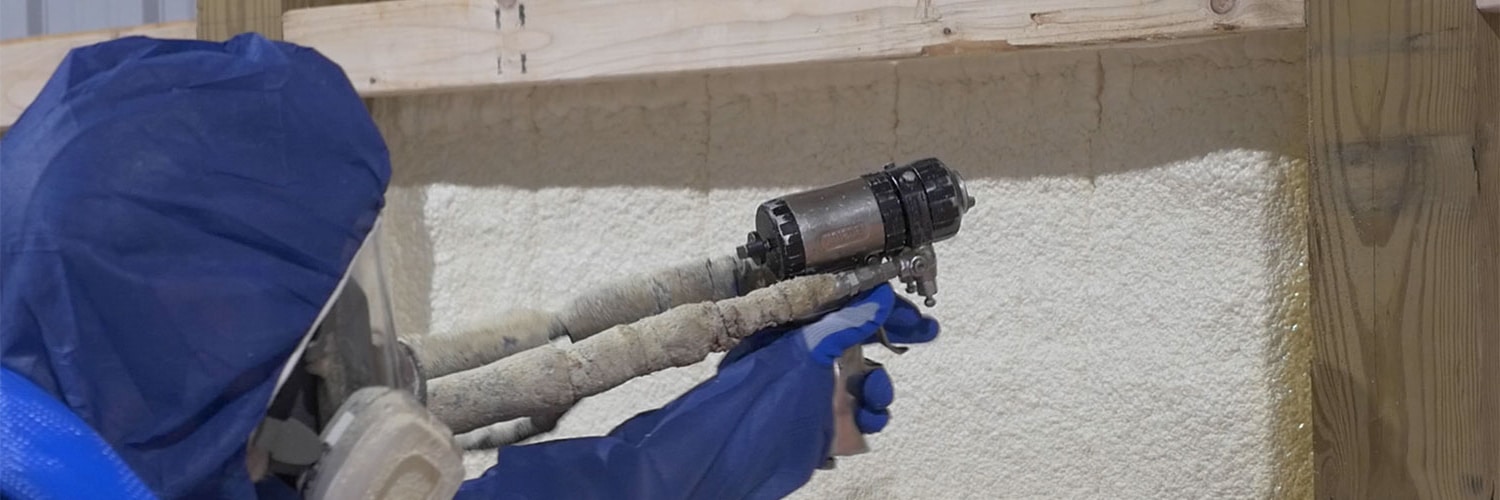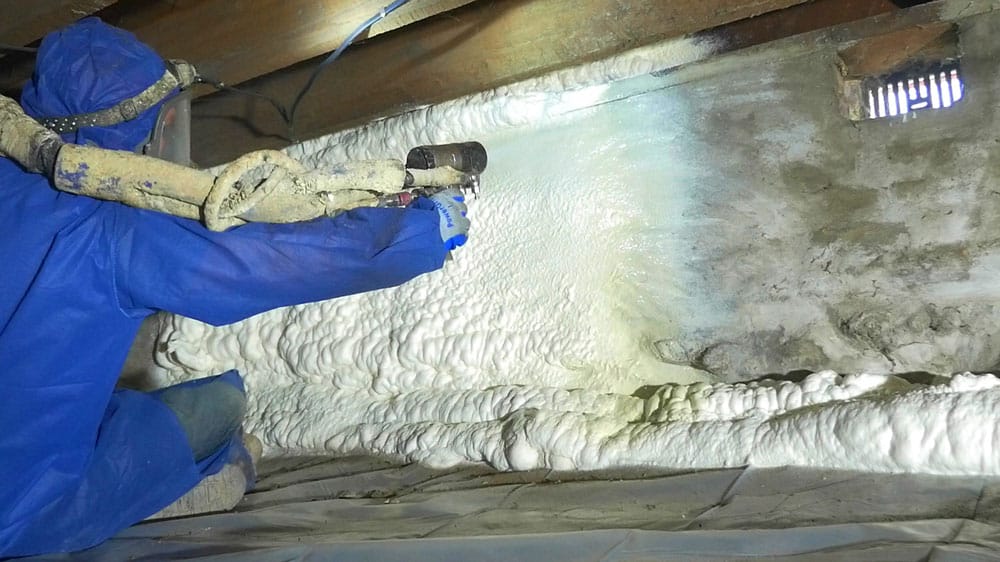The importance of proper wall insulation cannot be overstated when it comes to ensuring your home is cozy and energy-efficient.
It prevents cold drafts, keeps rooms comfortable, and helps manage condensation issues in the walls. Whether you’re building your dream home, remodeling your current one, or simply upgrading your insulation, finding the best insulation for exterior walls is crucial.
Here at RetroFoam of Pittsburgh, we’ve helped thousands of homeowners in your situation. We can help your new or existing home meet your expectations with foam insulation.
While foam is our specialty, we’ll explore all your options to help you determine which insulation is best for your exterior walls.
Exterior Wall Insulation Options for New Builds or Remodeling Projects
If you’re in the process of building your new home or remodeling and your wall cavities are open, you have several options available.
Don’t worry if your walls are still intact – we’ll cover how to handle that shortly.
Fiberglass Insulation
Fiberglass insulation is made up of extremely fine glass fibers and is commonly found in homes as either batts or loose fill.
Fiberglass works by trapping pockets of air to slow the spread of heat, cold, and sound in structures.
Foam Board Insulation
Foam board insulation consists of rigid polystyrene, polyisocyanurate, or polyurethane panels.
These boards come in various thicknesses, lengths, and facings and can include a foil vapor barrier to prevent water movement.
Wet Applied Cellulose Insulation
Cellulose insulation, made from recycled newspapers, conforms well to most spaces.
When used in open wall cavities, wet-applied cellulose includes water during the application process for better thermal and sound dampening properties.
Nu-Wool Insulation
Nu-Wool, a premium cellulose insulation, can be wet applied or installed in batts.
Nu-Wool is made of 70 percent recycled materials and renewable fibers, creating a tight fit in wall cavities and effectively deadening sound.
Foil-Faced Insulation
Foil-faced insulation, usually made of fiberglass batts, prevents heat transfer and works as a vapor retarder, reducing heat loss and maintaining comfort throughout the year.
Flash and Batt Insulation
Flash and batt insulation is a hybrid of closed cell spray foam coupled with fiberglass.
This technique involves applying a layer of spray foam to create an air seal, followed by a fiberglass batt for added R-Value.
Open Cell Spray Foam Insulation
Open cell spray foam creates a continuous insulation and air seal wherever it is applied, helping maintain a constant temperature throughout the year.
This water-blown spray insulation is mixed on-site for installation.
Which Insulation is Best for Walls?
Among all the options, you’re probably wondering which is the best insulation for exterior walls.
Here are the top choices for newly built homes and remodels.
Nu-Wool Insulation Pros and Cons
Nu-Wool Insulation Pros:
- Durable and long-lasting.
- Higher R-Value than fiberglass batts.
- Made from 100 percent recyclable and renewable materials.
- It can be installed as a DIY project.
Nu-Wool Insulation Cons:
- Does not create an air seal by itself.
- It’s not the most thermal resistant.
- Pests and rodents can nest in it.
- Less readily available than other DIY options.
Foam Board Insulation Pros and Cons
Foam Board Insulation Pros:
- Water-resistant, reducing moisture buildup and mold growth.
- Expanded polystyrene board is the cheapest foam board option.
- It can be a DIY project.
Foam Board Insulation Cons:
- Seams must be taped or caulked to prevent airflow.
- Custom cutting is required for proper fit, or air leakage will occur.
- Polystyrene boards can collect moisture, making them ineffective against mold.
- Polyisocyanurate boards lose insulating capabilities over time.
Open Cell Spray Foam Pros and Cons
Open Cell Spray Foam Pros:
- Excellent sound deadening.
- Pliable, move with the structure.
- Does not promote mold and mildew growth.
- Creates an air seal for comfort and energy efficiency.
- It’s pliable enough to fish wiring through if needed.
Open Cell Spray Foam Cons:
- Expensive.
- It cannot be installed as a DIY project.
- Some brands have an odor after installed.
What if the Exterior Wall Insulation Needs to Be Updated Down the Road?
If the walls of your existing home are enclosed, you don’t need to worry about major demolition just to update the insulation.
Options like blown-in cellulose and injection foam insulation can be done from the outside with minimal disruption.
A row of siding is removed for vinyl or aluminum siding, holes are drilled into each stud cavity, and insulation is injected or blown in. For brick siding, holes are drilled into the mortar, and insulation is injected in multiple spots. Wood siding may require drilling through the wood or removing it if possible.
Choosing the Best Insulation for Outside Walls
Now that you know your options, it’s time to choose the best insulation for your home.
Whether you’re focusing on energy efficiency with foam insulation or considering cost-effective alternatives, it all comes down to your budget and expectations.
Foam insulation is the top choice for the best combination of air sealing and energy efficiency. If cost is a primary concern, less expensive options are available, but those savings are only upfront, not long-term.
Fiberglass and cellulose, specifically, will need to be updated over time as these materials are known to shift, settle, and sag as time goes on. Foam insulation never has to be updated or replaced because it is designed to last as long as the house stands. It’s also important to note that the air seal created by foam insulation can help save money on monthly energy bills.
Ultimately, the best insulation for your walls is the one that meets your specific needs and helps you create the comfortable, energy-efficient home you desire. If foam insulation fits the bill for you, just fill out the form on our website to request an estimate.

